Have you ever found yourself heading inside from a day in the snow just because you were cold or wet? Or, worse yet, both?
Yeah. We’ve been there too. It’s no fun.
When it comes to choosing snow jackets, there are what seem like a million options online and in stores. So, how do you break it all down and find what’s really important to keep you out there in the pow?
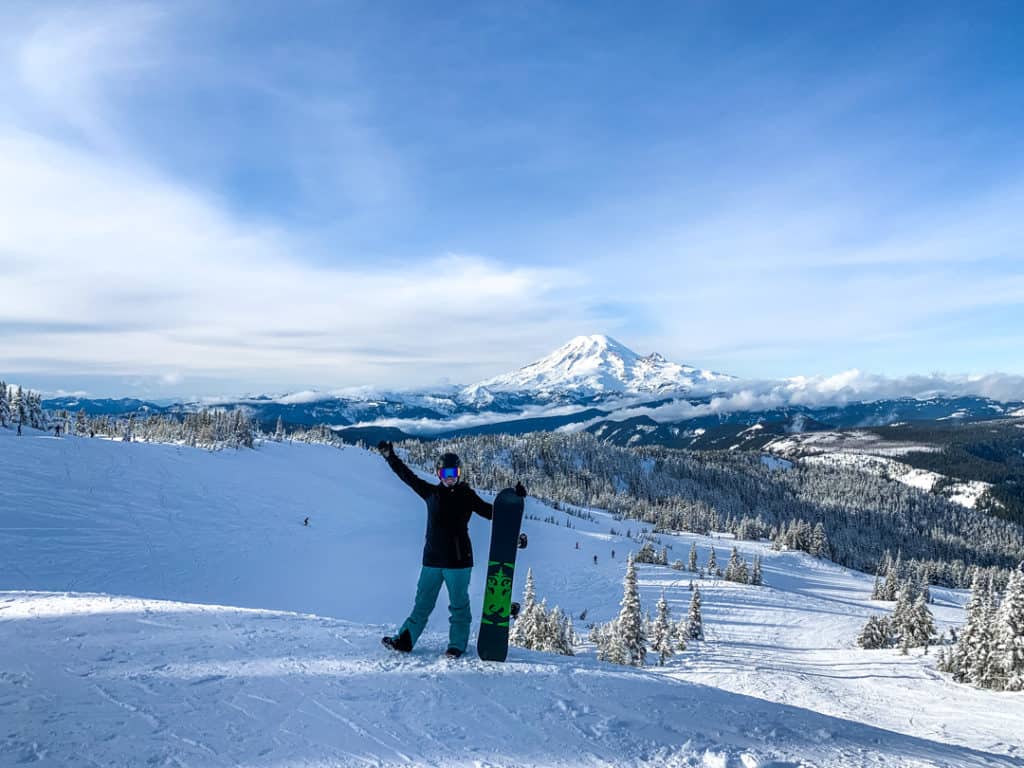
Snow Jacket Buying Guide
After years on the mountain, some trial and error, and a whole lot of research, we’ve figured out what to look for. And, we’ve put it all together in a comprehensive guide to help you find your new favorite snow jacket. These are all the things I took into account when I bought this jacket from Volcom.
Style Options
One of the first things to consider is the type of jacket you prefer. You’ve got 3 main style options to consider: shells, insulated jackets, and 3-in-1 combos.
Shells
First off, let’s talk about shells. These are jackets that have no insulation and are simply outer, water-resistant or waterproof jackets. The benefits of this type are that they’re lightweight, and you’re entirely in control of the layers you add for warmth. However, if you live in an icy climate or tend to run cold, you may find it challenging to stay warm with this type of jacket.
Insulated Jackets
Next up are insulated jackets, which are what often comes to mind when someone thinks of snow jackets. These coats have some sort of insulation, such as down or synthetic fill, to add warmth.
Down insulation is the warmest and most lightweight of the two and is rated according to fill power. You’ll usually see ratings between 400-800, with the higher numbers being warmer. However, when down gets wet, it loses its ability to retain warmth, so it’s essential to keep it dry.
Synthetic insulation is another great option to stay warm. It isn’t as lightweight or warm as down. However, it has the added advantage of retaining some of its warmth if it gets wet. Synthetic insulation is rated by weight in grams, and it’s typical to see ranges of 40-120 grams, where 120 is the warmest.
3-in-1 Jackets
3-in-1 Jackets are another popular choice because they give you 3 ways to wear them. You can wear the outer jacket (or shell) on its own, the insulating layer alone, or combine them for water-resistant warmth. They’re designed to work as a system and usually zip together for convenient integration.
Sounds like the perfect option, right? Well, not so fast. Watch carefully. Often, this type of jacket isn’t as high quality as if you buy separates. In our experience, they can be quite a bit heavier as well. If you need a budget option for semi-regular use, you may be fine. But, if you can swing it, choosing two separate pieces to suit your needs is likely better.
Choosing the Best Snow Jacket for You
There’s actually a ton of tech that goes into the manufacturing of snow gear, and the new features that come out always amaze me. Did you know you can even get a built-in water reservoir in a jacket if you wish now? However, when we’re picking our snow jackets, these are the most important factors we consider.
What activities will you be doing?
Okay, truth be told, the activity itself isn’t quite as important as the movement you need to do. For instance, if you’re snowboarding, you need a jacket that doesn’t restrict your hip movement or keep you from being able to do a full squat. I cut it a little close on my last jacket and, after gaining a few pounds and increasing my lower body workouts, let’s just say…I bought a new one. Learn from my mistakes. 😉
Where will you be?
If you’re in a climate where it’s warmer, and the snow is wetter, waterproofing is going to be an important factor for you. If you live in an area where the snow is always dry, you may be able to save a little money there.

Waterproofing & Breathability
We go into waterproofing and breathability more in-depth on our post about finding snow pants you love, but here are the basics.
The waterproof rating of a snow jacket tells you how much snow and water it’s going to keep out. Ratings are typically in the 5k-30k mm range, with the higher numbers being the most waterproof. Then, beyond that is also Gore-Tex, which is the most waterproof. If you live in a wetter climate (I’m looking at you, Oregon!), go for the highest rating you can afford. You won’t regret it!
Breathability tells you how much the snow jacket is going to allow built-up heat to escape. This becomes most important in warmer climates or when you’re doing aerobic activities. You’ll usually find ratings in the 5k-20k gm/m2, with the higher numbers being the most breathable. Unless you typically run super cold, this can help you regulate your temperature much easier.
Bottom Line: The higher your waterproof rating, the drier you’ll be. In turn, this will keep you much warmer. Higher breathability ratings mean you won’t get overheated.
Comfort & Fit
When you purchase a snow jacket, one of the most significant factors you need to consider is the fit. You should have unrestricted movement through your hips and across your shoulders. Try it on with a couple of layers to make sure that you have plenty of room to bundle up on a cold day and put it through all the movements you’ll need to do in the snow.
Worried about looking ridiculous, doing all kinds of weird movements in the shop? Don’t be. Truthfully, they love it when you test it out to make sure you’re getting what you want. I recently was doing all kinds of crazy movements in a local shop. I ended up opting for the larger size for more layering room after putting it through all the motions. When I went to check out, it turned into a conversation about how they always try to convince people to give themselves room to layer and move. However, a lot of the time, people (we women are the worst 😬), size as they would for around town. Then, they end up coming back for another jacket because they aren’t happy with what they chose.
But, not you…because now you’re in the know. 😉
Oh. And, always, ALWAYS, pick comfort over style. I’m finally learning that after a few mistakes. In fact, the jacket I really wanted (and looks freaking bada$$) just didn’t fit me right. 😭I knew that at the end of the day if I didn’t like how it felt, I wouldn’t end up keeping it anyway.
Key Features
After you’ve narrowed it down to a few options after taking into account the above, here are the key features we look at to help us make our final choices.
Keeping the Snow Out
Keeping the snow out of your jacket and pants is essential to staying warm, and there are several ways that manufacturers combat the moisture. These are some of the most important ones to consider, in addition to the waterproof rating of your fabric.
Water Repellent Zippers, Storm Flaps, and Taped Seams
Basically, everywhere you have a zipper or a seam is a weak spot for moisture to enter. Look for water repellent zippers to help prevent the snow from getting in. A storm flap is a flap of fabric that goes over your main zipper and is extra protection from the elements.
When a snow jacket has taped seams, it means they are reinforced in a way that prevents moisture from getting in. There are a few different ways you will see this on snow jackets: critically taped, fully taped, or welded. Critically taped seams only reinforce the seams that are more likely to come in contact with moisture. In contrast, fully taped means every seam is reinforced. Fully taped, or welded, seams are what we prefer to buy. Welded seams are actually fused together and are even better at locking out the wet. However, they are also more expensive.
Bottom Line: Look for water-resistant zippers, storm flaps, and fully or welded seams.
Powder Skirt or Integrated Systems
A powder skirt is an extra piece of fabric on the bottom of a snow jacket that has an elastic band and typically snaps together to restrict snow from getting inside. Some brands, such as Volcom, have their own integrated systems that use zippers or snaps to integrate and create a more effective barrier against the snow. Or, you could do what we do and opt for bibs for the ultimate protection.
Bottom line: Powder skirts keep the pow out.
Wrist Gaiters
Built-in wrist gaiters are one more way that manufacturers help to keep the snow out of your gear. They are essentially an extra sleeve layer, usually stretchy, at the bottom of your sleeves. Certain brands (thanks Volcom!) even have insulated versions on some of their jackets to help you stay a little warmer.
Bottom line: Wrist gaiters keep the snow out of your sleeves and even help with warmth.
Pit Zips, A.K.A. Ventilation
When it’s a really warm day, or you’re working hard, you may need to cool off temporarily. That’s where pit zips, or armpit zippers, come in. They are zippers located in the – you guessed it! – armpits. They’re sometimes lined with mesh and sometimes just open. When you get too hot, you can unzip them to release heat and allow for more airflow. Then, once you cool down enough, just zip them back up.
Bottom line: Pit zips help you regulate your temperature.
Cuff Type
One thing that I have overlooked in the past was cuff type. It doesn’t seem like that big of a deal until you realize that you really prefer an over-the-cuff or under-the-cuff glove style, and your jacket doesn’t accommodate your preference.
If you lean towards under-the-cuff gloves, make sure that your jacket cuffs open wide enough to accommodate your gloves, and that they have a velcro strap to tighten over the top. Prefer over-the-cuff gloves? Make sure your jacket doesn’t have excessive bulk in the cuff that could interfere.
Bottom line: Make sure your cuff style matches your preferred style of glove.
Hood
The majority of snow jackets will have hoods, but there are a few things you may want to consider. For instance, will it fit over your helmet, and can you adjust or tighten it? My last hood was intended to be helmet-compatible, but it didn’t work quite right. My current one on this jacket works great over my helmet.
It’s not a big deal most of the time, but when it’s really dumping, having a hood that will go over your helmet can keep you dry and make the chairlift rides much more enjoyable. Some hoods will also have the option to tuck it away into its own pocket when you don’t need it or to remove it altogether.
Bottom line: Consider if you will need your hood to fit over your helmet and if you want to be able to remove or tuck it away.
Collar
The collar of the jacket is not the most essential feature, in my opinion. However, it is worth mentioning. Some collars can be wider and taller and lined with softer materials. This makes it more comfortable when you want to zip all the way up and tuck your face inside for warmth. However, for me, this isn’t a deal-breaker as I can use a face mask when needed. More important to me is making sure that the zipper doesn’t hit at a weird or uncomfortable place and that it’s generally comfortable to wear.
Bottom line: Make sure it generally feels comfortable. It’s nice, but not necessary, to have a soft lined collar to pull up over your chin and lower face.
Pockets
One of the other things I always pay attention to is pockets. First and foremost, you want to make sure you have enough pockets to carry the essentials you need on the slopes – keys, money, pocket snacks, etc. I’ve never been upset that I had too many pockets, but I have been frustrated when a jacket didn’t have enough room to carry the things I really needed to take with me.
It’s especially convenient when your jacket has a dedicated pass pocket on the sleeve. I love this because you never need to get into it for anything else and risk losing your pass. The other “specialty pockets” you may want to look for are things like goggle pockets, inner pockets, and media pockets with a headphone pass-through. Although, with so many Bluetooth headphones now, this may not be necessary.
Bottom line: Make sure you have plenty of pockets! The bare minimum we look for in a snow jacket is two regular side pockets and a chest pocket. Still, a dedicated pass pocket is pretty high on the list as well.
RECCO
RECCO is a device that is sometimes incorporated into outerwear and acts as an additional safety feature to help locate you if an emergency occurs. It’s not a replacement for an avalanche beacon in the backcountry. However, it can assist rescue workers in their search and is never a bad addition to have. You can learn how they work in the video below.
Bottom line: No one has ever said: “I wish I hadn’t had that safety device.” If you can get a jacket with one, it’s never a bad idea.
TL;DR
- Choose whether you prefer a shell, an insulated jacket, or a 3-in-1 combo.
- Make sure that you take into account the activities you plan to do and the weather where you’ll spend the majority of your time.
- The more waterproof your jacket is, the drier you’ll stay. Go for the highest waterproof rating you can (or choose Gore-Tex).
- Higher breathability ratings mean that your jacket will breathe better if you are doing aerobic activities, or if you tend to run hot.
- Choose a jacket based on fit and ability to move over style.
- To keep the snow out of your gear, look for powder skirts, water-resistant zippers, storm flaps, and wrist gaiters.
- A jacket with pit zips will allow you to regulate your temperature much more effectively.
- Choose your cuff type based on your preferred glove type.
- If you wear a helmet (and you should!), make sure your hood is helmet-compatible.
- A collar that is soft and tall can be handy for tucking your face in on the chairlift or when you get cold. But, you can also use a face mask.
- There’s no such thing as too many pockets.
- You’ll never regret being as safe as possible. So, if you have the option for RECCO, why not?
Final Thoughts on How to Choose the Best Snow Jacket
Now that you have this knowledge, choose the most important features to you and go enjoy every minute of your adventures. Regardless of the activities you plan to do, when you buy a quality snow jacket, you’ll be set for years to come. Or you could be like me and sell it when you’re ready for a change. 😉

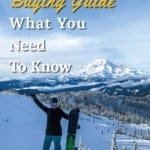
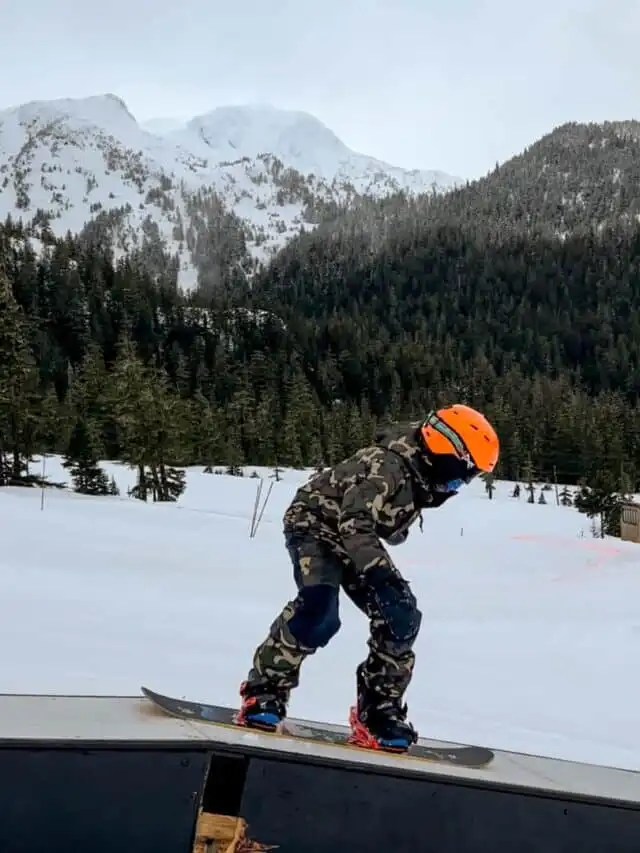
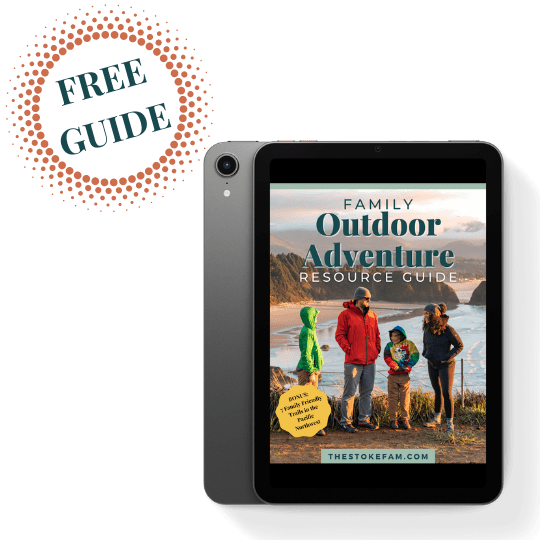
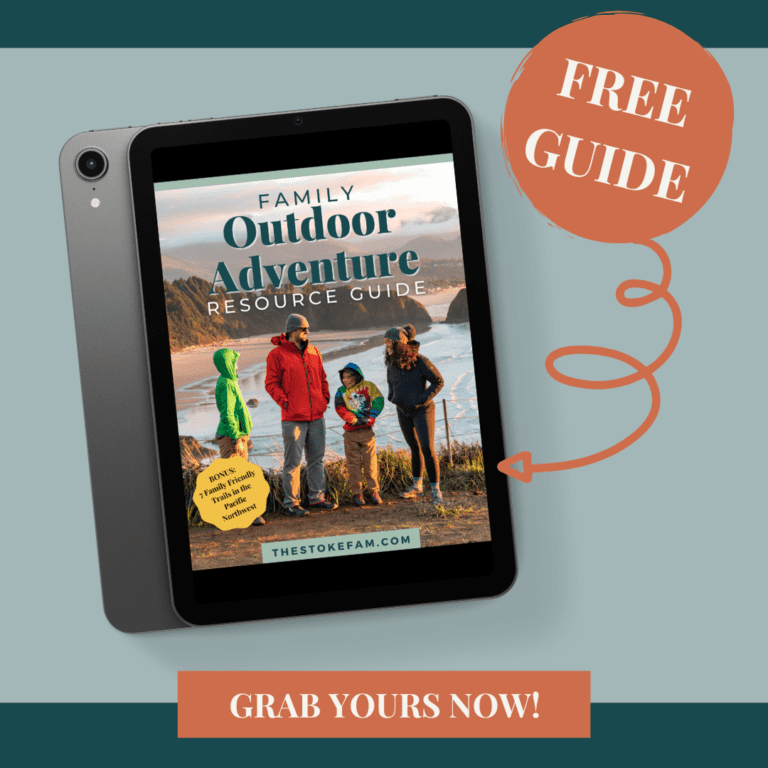
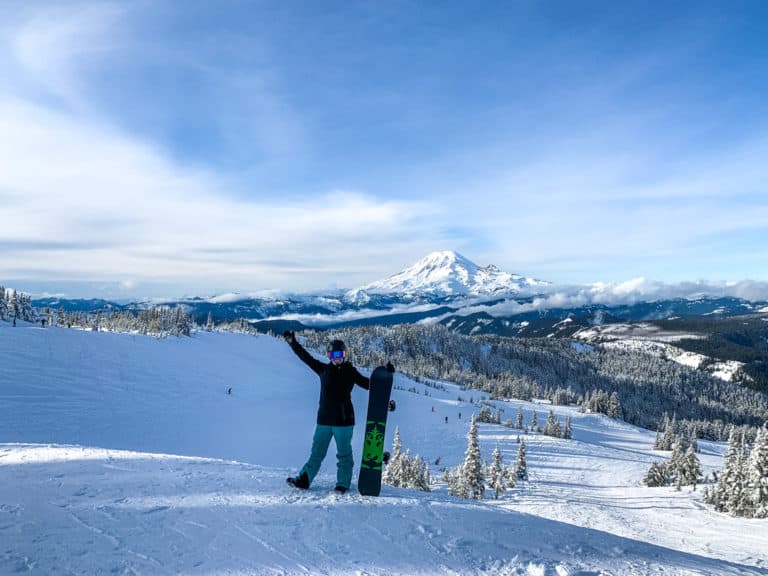
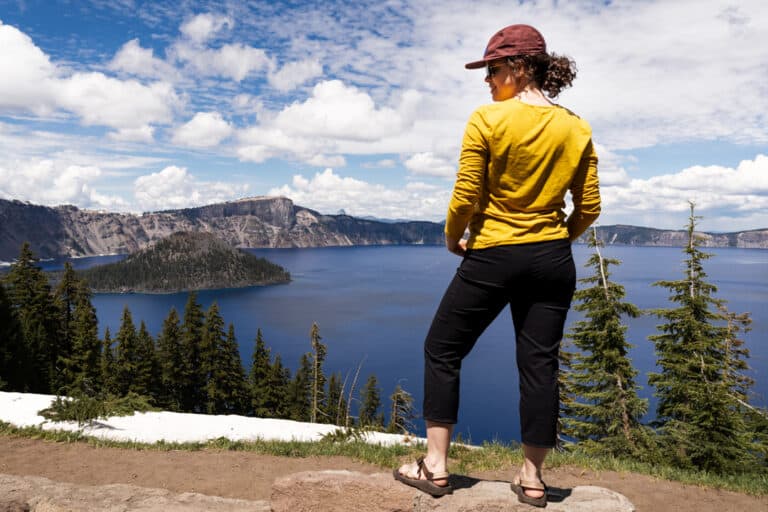
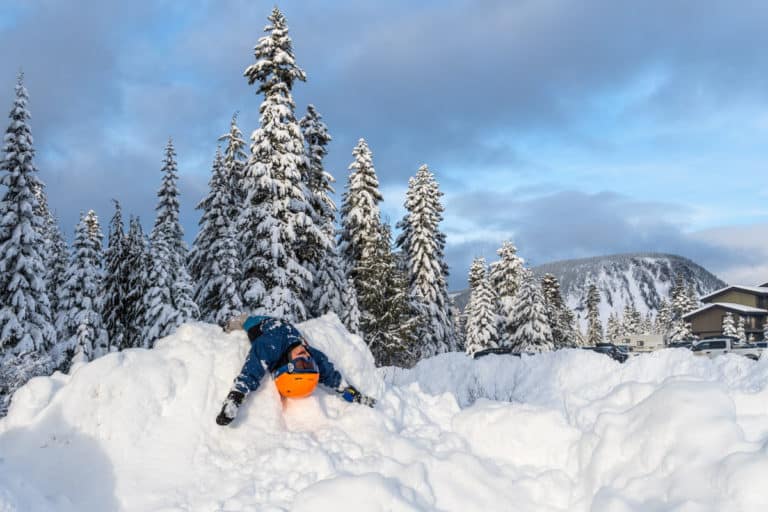
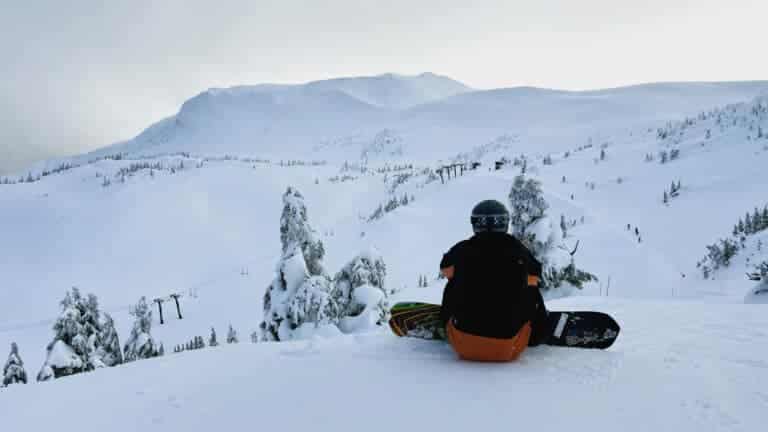

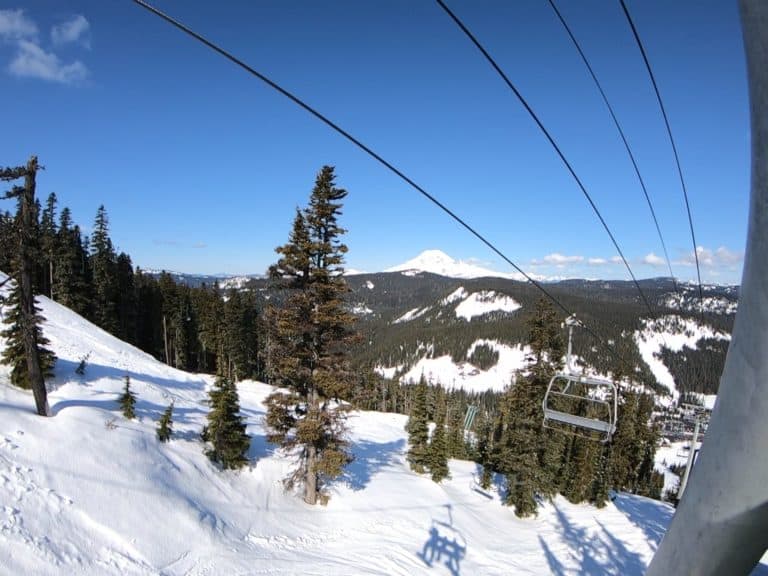
I need a new jacket. I live up North now. So I need a really nice warm snow jacket.
Having the right gear makes all the difference!
Tiffany, what a great share! I never knew about all these differneces in winter jackets! Thank you!
Thanks! Yes, I haven’t always known this either, but since I started buying jackets that will stand up to the weather and activities we are doing, it’s incredible how much warmer and dryer I can be during winter!
Great tips. A good jacket is so important!
It makes all the difference in the world for me. If I’m not warm and dry, I’ll be inside very quickly!
I always though a 3 in 1 was best. Interesting read